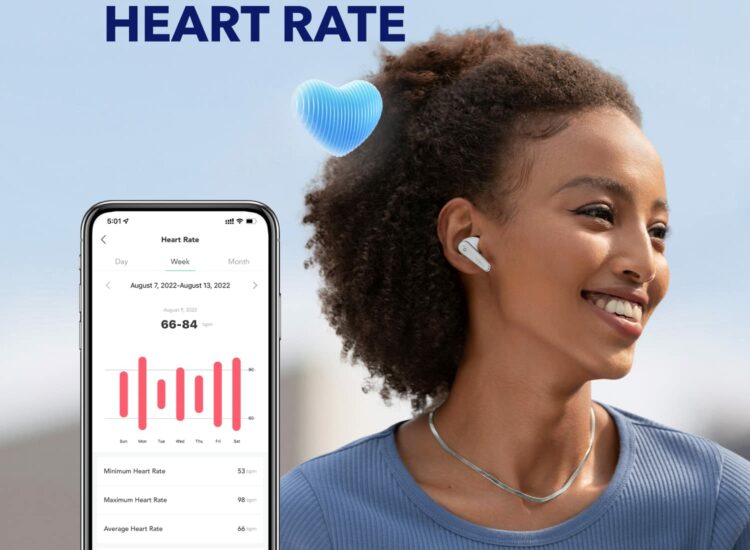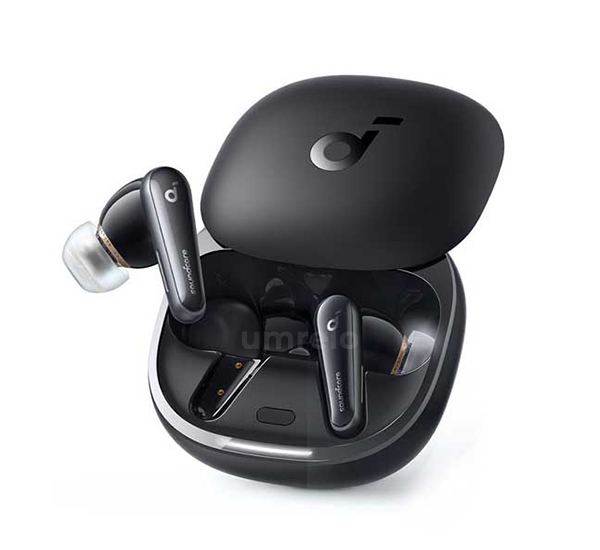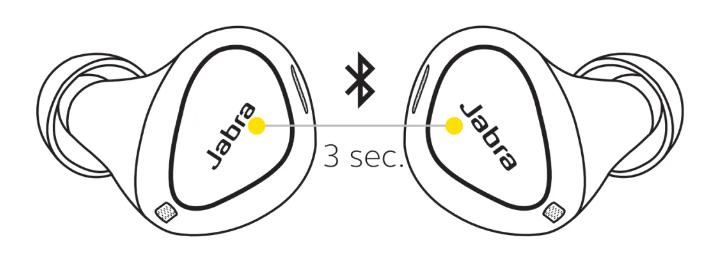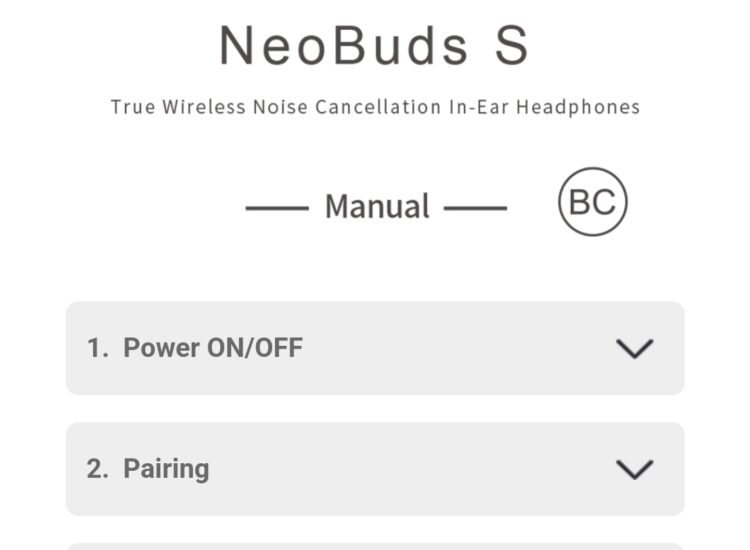Mastering Google Ads: A Comprehensive Guide to Effective Online Advertising
Google Ads stands as a cornerstone of modern digital marketing, offering businesses of all sizes the opportunity to connect with potential customers actively searching for their products or services. Navigating the complexities of this powerful platform can be daunting, but with a solid understanding of its fundamentals, strategic campaign creation, continuous optimization, and the implementation of advanced techniques, businesses can unlock significant growth and achieve their marketing objectives. This comprehensive guide will delve into the intricacies of Google Ads, providing the knowledge necessary to create and manage successful advertising campaigns.
Toc

1. Understanding the Fundamentals of Google Ads
Google Ads operates on a pay-per-click (PPC) model, meaning advertisers pay only when someone clicks on their ad. This auction-based system allows businesses to bid on keywords relevant to their offerings, ensuring their ads appear in front of users who are actively looking for what they provide. To effectively leverage Google Ads, a thorough understanding of its core components and principles is essential.
1.1. What is Google Ads and How Does it Work?
At its core, Google Ads is an online advertising platform developed by Google. It allows businesses to display advertisements on Google’s search engine results pages (SERPs) and its vast network of partner websites (the Google Display Network). The primary goal is to drive targeted traffic to a website, increase brand awareness, generate leads, or achieve other specific marketing goals.
The process begins with keyword research, where advertisers identify terms and phrases that their target audience is likely to use when searching for relevant products or services. They then create ads that are relevant to these keywords and set bids indicating the maximum amount they are willing to pay for a click on their ad. When a user searches for a keyword that an advertiser is bidding on, Google’s auction system determines which ads will appear and in what order. This decision is based on a combination of factors, including the advertiser’s bid, the quality of their ad and landing page (known as Quality Score), and the relevance of the ad to the user’s search query.
1.2. Key Components of a Google Ads Account
A Google Ads account is structured hierarchically, consisting of campaigns, ad groups, and ads. Understanding this structure is crucial for organizing and managing your advertising efforts effectively.
- Campaigns: These are the top-level organizational units and are typically aligned with specific marketing objectives, such as promoting a particular product line or targeting a specific geographic region. You set your budget, location targeting, and other high-level settings at the campaign level.
- Ad Groups: Within each campaign, you create ad groups, which contain a set of related keywords and the ads that will be triggered by those keywords. Organizing your keywords into tightly themed ad groups is essential for ensuring your ads are highly relevant to the user’s search queries.
- Ads: These are the actual messages that users see on the search results page or on websites within the Display Network. Effective ads include compelling headlines, relevant descriptions, and a clear call to action, encouraging users to click through to your website.
1.3. Understanding Different Campaign Types
Google Ads offers a variety of campaign types designed to meet different advertising goals and reach different audiences. Choosing the right campaign type is a critical first step in creating a successful advertising strategy.
- Search Campaigns: These are the most common type and display text ads on Google’s search results pages when users search for relevant keywords. They are ideal for reaching customers who are actively looking for specific products or services.
- Display Campaigns: These campaigns allow you to show visually appealing ads (including images and videos) on websites, apps, and YouTube. They are effective for building brand awareness and reaching audiences based on their interests, demographics, and Browse history.
- Video Campaigns: Specifically designed for video advertising on YouTube and across the Google Display Network, these campaigns can help you engage viewers with compelling video content.
- Shopping Campaigns: These campaigns showcase product listings, including images, prices, and store names, directly in Google search results and on the Google Shopping tab. They are highly effective for e-commerce businesses looking to drive sales.
- App Campaigns: If you have a mobile app, these campaigns can help you promote it across Google Search, Google Play, YouTube, and the Display Network to drive app installs and engagement.
- Local Campaigns: Designed for businesses with physical locations, these campaigns help you reach nearby customers and drive store visits, phone calls, and directions.
- Performance Max Campaigns: This goal-based campaign type allows you to access all of Google’s advertising inventory from a single campaign, maximizing performance based on your specified conversion goals.
1.4. The Importance of Keyword Research
Keyword research forms the foundation of any successful Google Ads campaign. By identifying the terms and phrases that your target audience uses when searching for your products or services, you can ensure your ads are shown to the right people at the right time.
Effective keyword research involves using various tools and techniques to uncover relevant keywords, analyze their search volume and competition, and understand user intent. Google Keyword Planner is a valuable tool provided by Google that can help you discover new keywords, see estimated search volume, and get bid suggestions. You should also consider using different keyword match types (broad match, phrase match, exact match) to control how closely a user’s search query needs to match your keywords for your ad to appear. Negative keywords are also crucial for preventing your ads from showing for irrelevant searches, helping you to optimize your budget and improve your campaign performance.
2. Crafting Effective Google Ads Campaigns
Once you have a solid understanding of the fundamentals, the next step is to create compelling and well-structured Google Ads campaigns that are aligned with your marketing objectives and target audience. This involves careful planning, strategic ad group creation, and the development of high-quality ads and landing pages.

2.1. Defining Your Campaign Goals and Target Audience
Before you start building your campaigns, it’s essential to clearly define your goals. What do you want to achieve with your Google Ads advertising? Are you looking to increase website traffic, generate leads, drive sales, or build brand awareness? Having a clear objective will guide your campaign setup and help you measure your success.
Similarly, understanding your target audience is crucial for creating effective campaigns. Who are you trying to reach? What are their demographics, interests, and online behavior? By defining your target audience, you can tailor your keyword selection, ad messaging, and targeting options to resonate with the people who are most likely to become your customers.
2. https://ngungtaonghiep.com/mmoga-unlocking-revenue-streams-a-comprehensive-guide-to-google-adsense
2.2. Structuring Your Ad Groups for Relevance
Organizing your keywords into tightly themed ad groups is a best practice that can significantly improve the relevance of your ads and your overall campaign performance. Each ad group should focus on a specific theme or set of related keywords. This allows you to create ads that are highly relevant to the keywords within that ad group, increasing your Quality Score and improving your chances of showing up for relevant searches.
For example, if you are selling shoes, you might have separate ad groups for “running shoes,” “dress shoes,” and “casual sneakers,” each containing specific keywords related to those types of shoes and ads that highlight their unique features and benefits.
2.3. Writing Compelling and Click-Worthy Ads
Your ads are the first point of contact with potential customers on Google’s search results page. Therefore, it’s crucial to write compelling and click-worthy ad copy that grabs their attention and encourages them to click through to your website.
Effective ads typically include:
- Relevant Keywords in Headlines: Use the keywords that triggered your ad in your headlines to show users that your ad is relevant to their search query.
- Clear Value Proposition: Highlight the unique benefits of your product or service and why users should choose you over your competitors.
- Strong Call to Action: Tell users exactly what you want them to do, such as “Shop Now,” “Learn More,” “Contact Us,” or “Get a Free Quote.”
- Ad Extensions: Utilize ad extensions (such as sitelink extensions, callout extensions, and structured snippets) to provide additional information about your business and make your ads more prominent in the search results.
2.4. Optimizing Your Landing Pages for Conversions
Driving traffic to your website is only half the battle. Once users click on your ad, they should be directed to a relevant and user-friendly landing page that encourages them to take the desired action, whether it’s making a purchase, filling out a form, or contacting your business.
Key elements of an optimized landing page include:
- Relevance to the Ad: Ensure that the content on your landing page is directly related to the keywords and messaging in your ad.
- Clear Call to Action: Make it obvious what you want users to do on your landing page and provide clear and prominent calls to action.
- Easy Navigation: Ensure your landing page is easy to navigate and that users can quickly find the information they are looking for.
- Fast Loading Speed: Optimize your landing page for fast loading times, as slow pages can lead to high bounce rates.
- Mobile-Friendliness: Ensure your landing page is responsive and provides a good user experience on all devices, especially mobile.
3. Optimizing Your Google Ads Performance
Once your campaigns are up and running, continuous monitoring and optimization are essential for maximizing your results and achieving your advertising goals. This involves tracking key metrics, analyzing performance data, and making data-driven adjustments to your campaigns.

3.1. Tracking Key Performance Indicators (KPIs)
To effectively optimize your Google Ads performance, you need to track relevant Key Performance Indicators (KPIs). These metrics will provide insights into how your campaigns are performing and help you identify areas for improvement. Some important KPIs to track include:
- Impressions: The number of times your ad was displayed.
- Clicks: The number of times users clicked on your ad.
- Click-Through Rate (CTR): The percentage of impressions that resulted in a click (Clicks / Impressions). A high CTR generally indicates that your ads are relevant to the search queries they are appearing for.
- Cost Per Click (CPC): The average amount you pay each time someone clicks on your ad.
- Conversions: The number of desired actions taken by users after clicking on your ad (e.g., making a purchase, filling out a form).
- Conversion Rate: The percentage of clicks that resulted in a conversion (Conversions / Clicks).
- Cost Per Acquisition (CPA): The average cost of acquiring a new customer or lead (Total Cost / Conversions).
- Return on Ad Spend (ROAS): The revenue generated for every dollar spent on advertising (Revenue from Conversions / Total Ad Spend).
3.2. Analyzing Performance Data and Identifying Areas for Improvement
Regularly reviewing your Google Ads performance data is crucial for identifying trends, understanding what’s working and what’s not, and making informed decisions about how to optimize your campaigns. Google Ads provides a wealth of data and reporting tools that can help you analyze your performance at the campaign, ad group, keyword, and ad level.
Look for patterns in your data. Are certain keywords performing better than others? Are some ads generating a higher CTR or conversion rate? Are there specific times of day or days of the week when your campaigns are more effective? By analyzing this data, you can identify areas where you can make adjustments to improve your results.
3.3. Refining Your Keyword Strategy and Match Types
Your keyword strategy is not set in stone. As you gather performance data, you may find that some keywords are not performing as well as expected, while others are driving valuable traffic and conversions. Based on this data, you may need to refine your keyword list by adding new relevant keywords, removing underperforming ones, or adjusting your keyword match types.
For example, if you are using broad match keywords and finding that your ads are showing for irrelevant searches, you might want to switch to phrase match or exact match to gain more control over when your ads appear. Conversely, if you are using exact match keywords and not getting enough traffic, you might consider adding some broader terms. Regularly reviewing your search terms report can also help you identify new keywords to target and negative keywords to add.
3.4. A/B Testing Your Ads and Landing Pages
A/B testing, also known as split testing, is a powerful optimization technique that involves creating multiple versions of your ads or landing pages and showing them to different segments of your audience to see which version performs better.
For ads, you can test different headlines, descriptions, calls to action, and ad extensions. For landing pages, you can test different layouts, content, images, and calls to action. By tracking the performance of each variation, you can identify the elements that resonate most with your audience and use this information to create more effective ads and landing pages. Google Ads has built-in tools that make it easy to set up and run A/B tests.
4. Advanced Strategies for Google Ads Success
Once you have mastered the fundamentals and are consistently optimizing your campaigns, you can explore more advanced strategies to further enhance your results and gain a competitive edge.

4.1. Leveraging Audience Targeting Options
Google Ads offers a wide range of audience targeting options that allow you to reach specific groups of people based on their demographics, interests, behavior, and past interactions with your business. By leveraging these options, you can make your campaigns even more targeted and relevant. Some popular audience targeting options include:
- Demographics: Target users based on age, gender, parental status, and household income.
- Interests: Reach users who have shown an interest in specific topics or categories.
- Behavior: Target users based on their online behavior, such as their Browse history and purchase patterns.
- Remarketing: Show ads to users who have previously visited your website or interacted with your business.
- Customer Match: Upload your customer lists to Google Ads and target those specific customers or similar audiences.
- Similar Audiences: Reach new users who are similar to your existing customers or website visitors.
4.2. Implementing Conversion Tracking and Goal Setting
Accurate conversion tracking is essential for measuring the success of your Google Ads campaigns and making informed optimization decisions. By setting up conversion tracking, you can see exactly how many leads, sales, or other valuable actions are being generated by your ads.
Google Ads offers various conversion tracking options, including tracking website actions, phone calls, app installs, and in-store visits. Once you have conversion tracking set up, you can define specific conversion goals for your campaigns and optimize your bids and targeting to maximize those goals.
4.3. Utilizing Automated Bidding Strategies
Google Ads offers a range of automated bidding strategies that can help you optimize your bids based on your specific goals. These strategies use Google’s machine learning algorithms to automatically adjust your bids in real-time to maximize your chances of achieving your desired outcomes, such as getting the most clicks within your budget, maximizing conversions, or achieving a target ROAS. Some popular automated bidding strategies include:
- Maximize Clicks: Automatically sets bids to get as many clicks as possible within your budget.
- Maximize Conversions: Automatically sets bids to get the most conversions within your budget.
- Target CPA (Cost Per Acquisition): Automatically sets bids to achieve your target cost per conversion.
- Target ROAS (Return on Ad Spend): Automatically sets bids to achieve your target return on ad spend.
- Enhanced CPC (ECPC): Automatically adjusts your manual bids to try and get more conversions.
4.4. Exploring Advanced Campaign Types and Features
As you become more experienced with Google Ads, you can explore some of the more advanced campaign types and features to further enhance your advertising strategy. This might include:
- Dynamic Search Ads (DSAs): Automatically show ads based on the content of your website, saving you time on keyword research.
- Responsive Search Ads (RSAs): Create multiple headlines and descriptions, and Google Ads will automatically test different combinations to show the best-performing ads.
- Google Shopping Campaigns with Product Feed Optimization: Optimize your product data feed to improve the performance of your Shopping campaigns.
- Video Advertising on YouTube with Custom Audiences: Reach highly targeted audiences with engaging video ads on YouTube.
- Utilizing Google Ads Scripts for Automation: Automate repetitive tasks and implement custom bidding strategies using Google Ads scripts.
By continuously learning, experimenting, and adapting your strategies, you can master the intricacies of Google Ads and leverage its power to achieve your online advertising goals and drive significant growth for your business. Remember that the landscape of online advertising is constantly evolving, so staying informed about the latest features and best practices is crucial for long-term success.

















